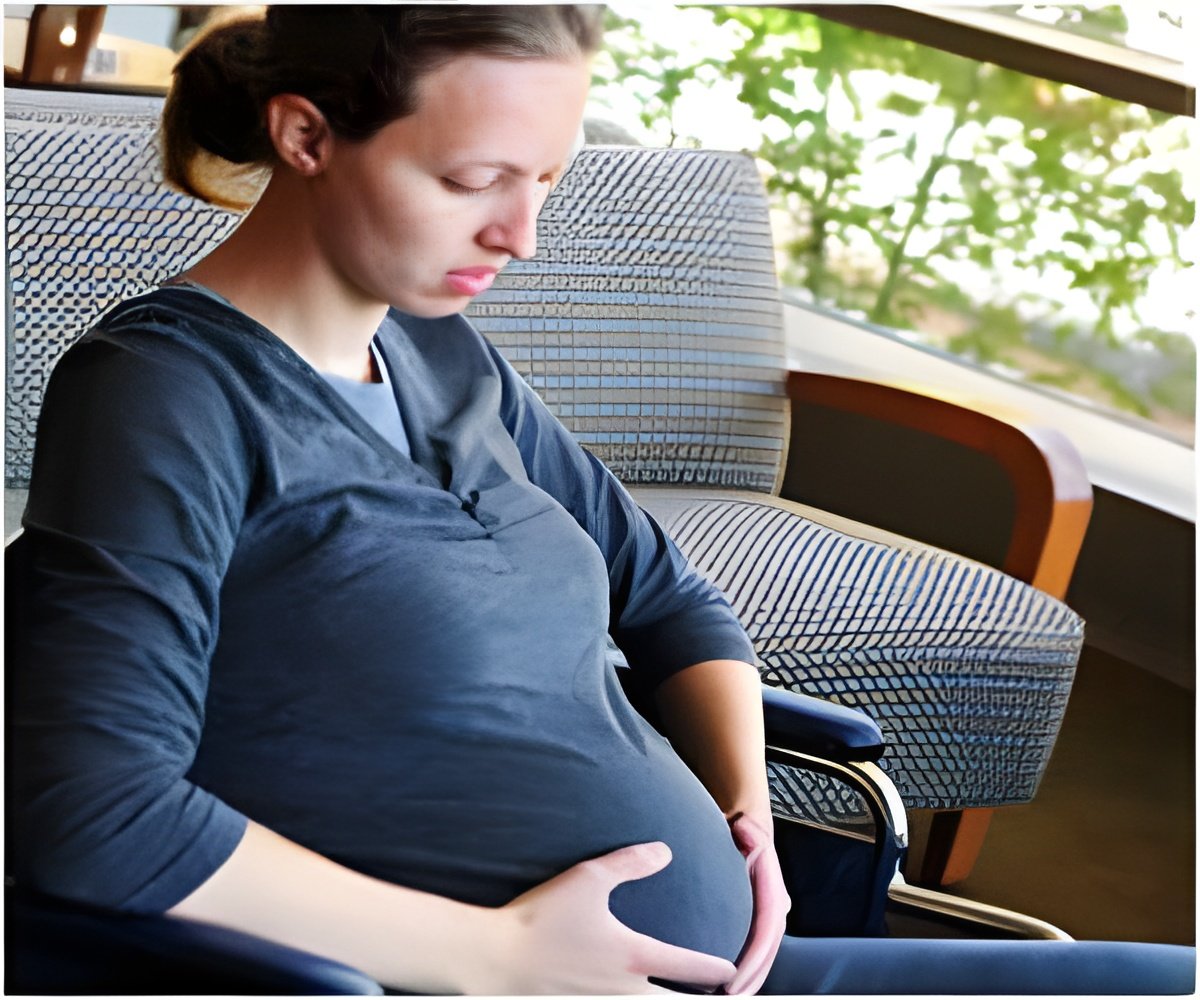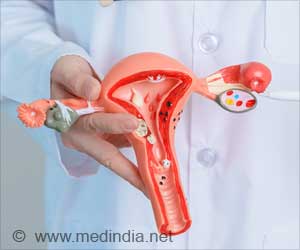Pregnant women's exposure to the substances, which are associated with health problems in both pregnant women and their newborns were lowered by phasing out the use of potentially harmful flame retardants in furniture foam, electronics and plastics. The new study, which was published in the ACS journal
Environmental Science & Technology, was the first to examine the phase-out's effectiveness.
Ami Zota, an assistant professor at George Washington University, and colleagues explain that furniture, electronics and plastics manufacturers commonly used flame retardants called polybrominated diphenyl ethers (PBDEs) in their products starting in the 1970s. In 2003-2004, California banned the manufacture and import of certain PBDEs, and the U.S. phased out their production. However, human exposure continues from house dust, food and use of older products containing the flame retardants. PBDEs are associated with thyroid hormone problems in pregnant women and their children. These children also are at greater risk for having poor attention spans and reduced IQs. No one knew whether the ban actually reduced human exposures, so Zota's team investigated the issue.
They found a 65 percent drop over three years (2008-2011) in the levels of PBDEs in blood samples from pregnant women who visited San Francisco General Hospital, suggesting that the ban had a positive impact. However, the authors caution that because the substances remain in the environment for a long time, exposure will likely continue. The researchers say this study shows the importance of biomonitoring (measuring the presence of substances in the human body) to track changes in levels in the human population, and the value of that information in shaping public health policy.
Source-Eurekalert















